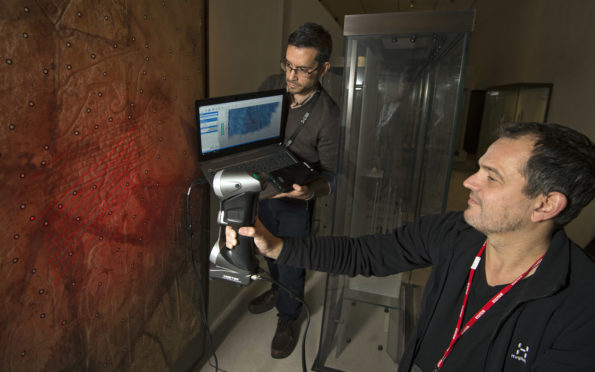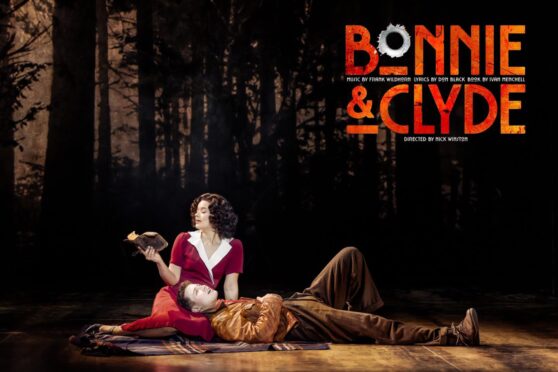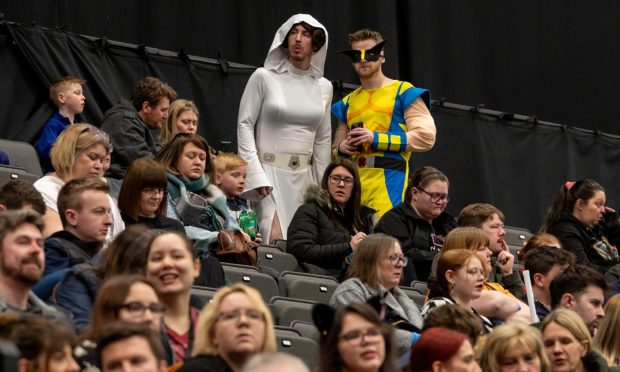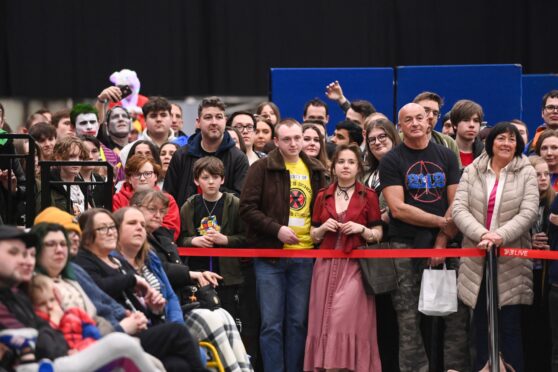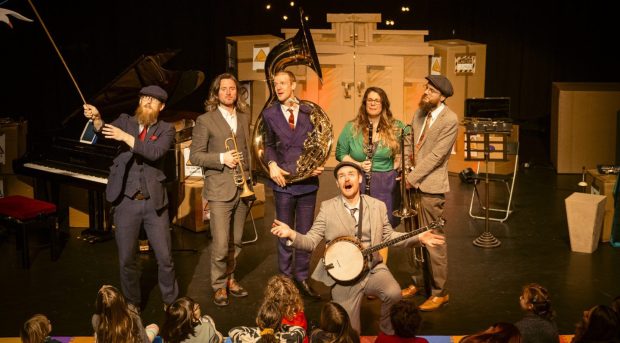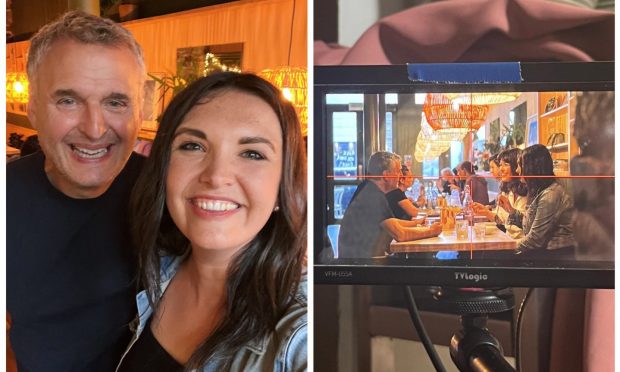A team of Swedish scientists has visited Orkney and Shetland to use the newest laser technology on a group of carved stones.
This is the first time the science, developed to analyse runestones in Sweden, has been carried out in Scotland.
The pilot project, led by National Museums Scotland and the University of the Highlands and Islands, has been focusing on sites at the Brough of Birsay on Orkney and Cunningsburgh on Shetland.
They are the only two sites discovered in Europe with evidence for the use of runes, ogham – the earliest known form of Gaelic – and Pictish symbols.
Dr Adrian Maldonado, Glenmorangie Research Fellow at National Museums Scotland, said: “Nothing like this has been attempted in Scotland.
“Runes are generally studied by those interested in the Viking Age, but we know that ogham was used before and during the period of Scandinavian settlements in Scotland.
“In fact, we have roughly equal numbers of early medieval inscriptions in both alphabets.
“The Pictish symbols, a related form of inscribed communication, have rarely been studied alongside these other forms of writing.
“The answers might help us answer longstanding questions of interactions between Picts, Gaels and Norse.”
He added: “Like the recent discovery of Old English names written on objects from the ‘Viking’ Galloway Hoard, the evidence of inscriptions shows multiple languages and alphabets were in use across early medieval Scotland.
“This fits into research showing the problematic nature of the ethnic labels commonly used, such as Anglo-Saxon, Pictish and Viking, to describe individuals in this period.”
Dr Alexandra Sanmark, of UHI, added: “Scotland is unique for having evidence of all these forms of writing inscribed in stone monuments. This project will focus on sites where multiple writing systems are used.”
The techniques developed by Swedish scientists, Dr Laila Kitzler Ahfeldt and Henrik Zedig, employ three-dimensional laser scanning to reveal methods of runic carving, and identify different sculptors according to minute details of carving technique.
It is hoped the study will contribute valuable new information for dating damaged inscriptions and feed data into research supervised by both project directors with results expected by next year.
3D models of the inscribed stones will be made available online.
